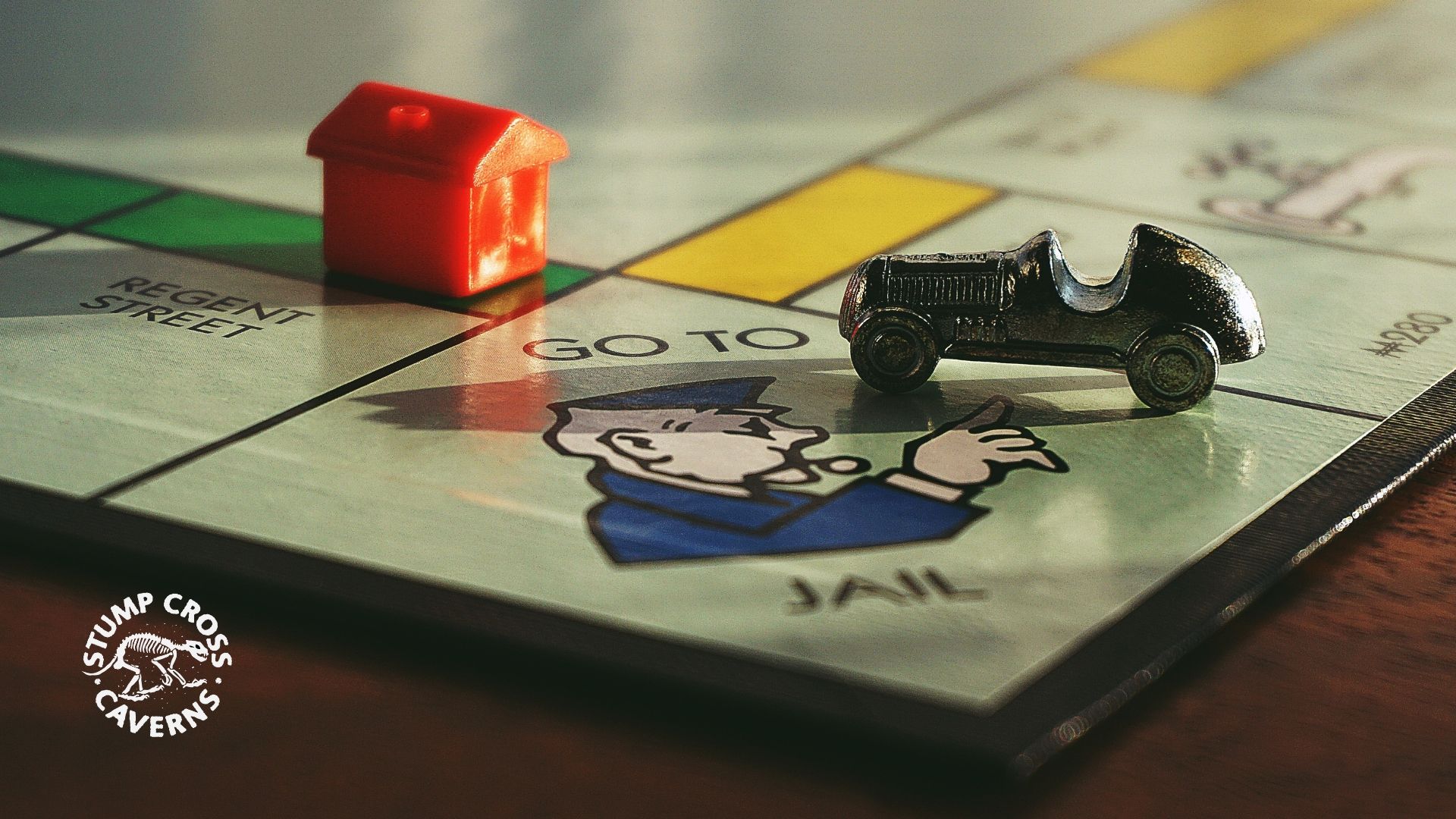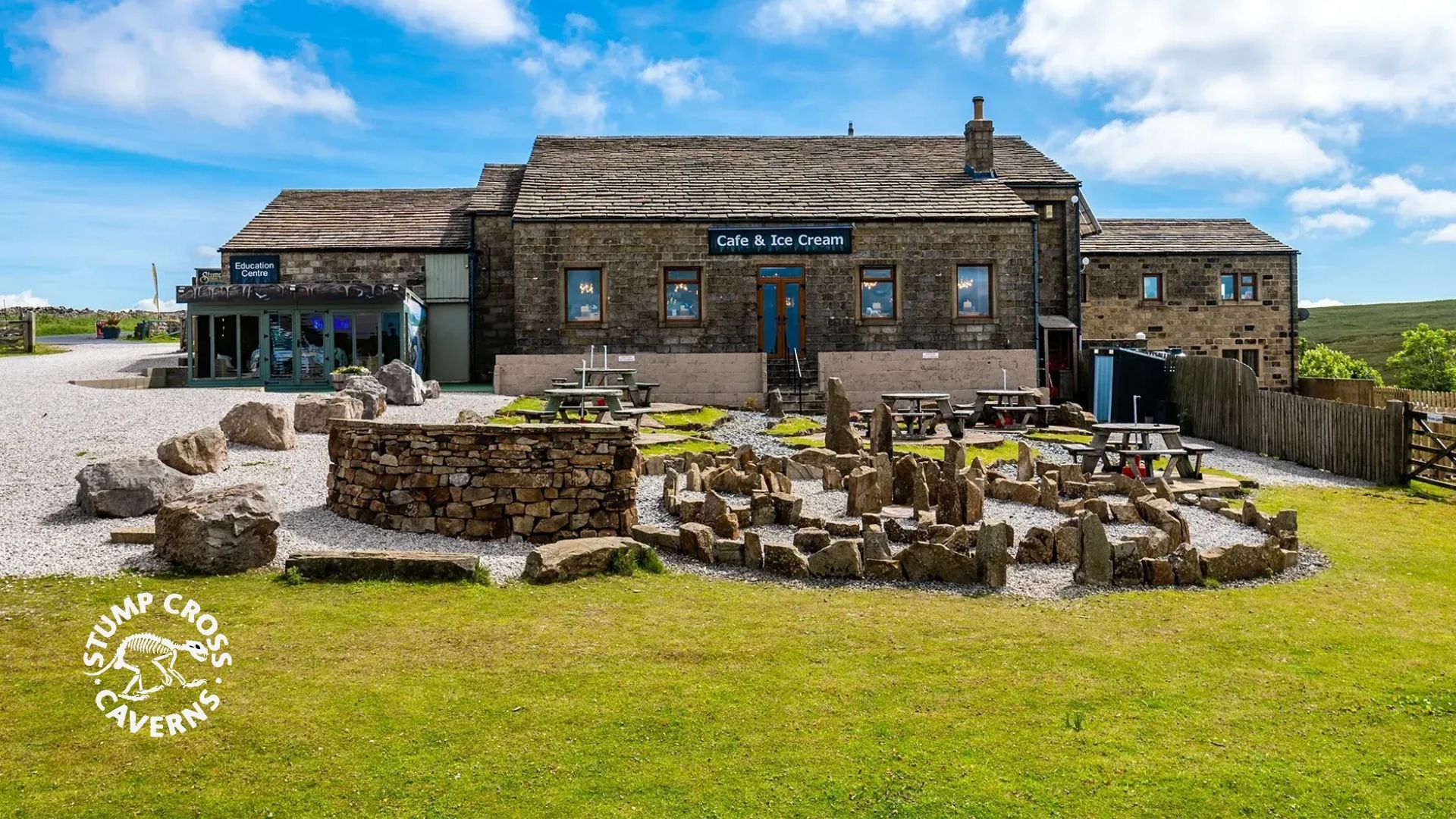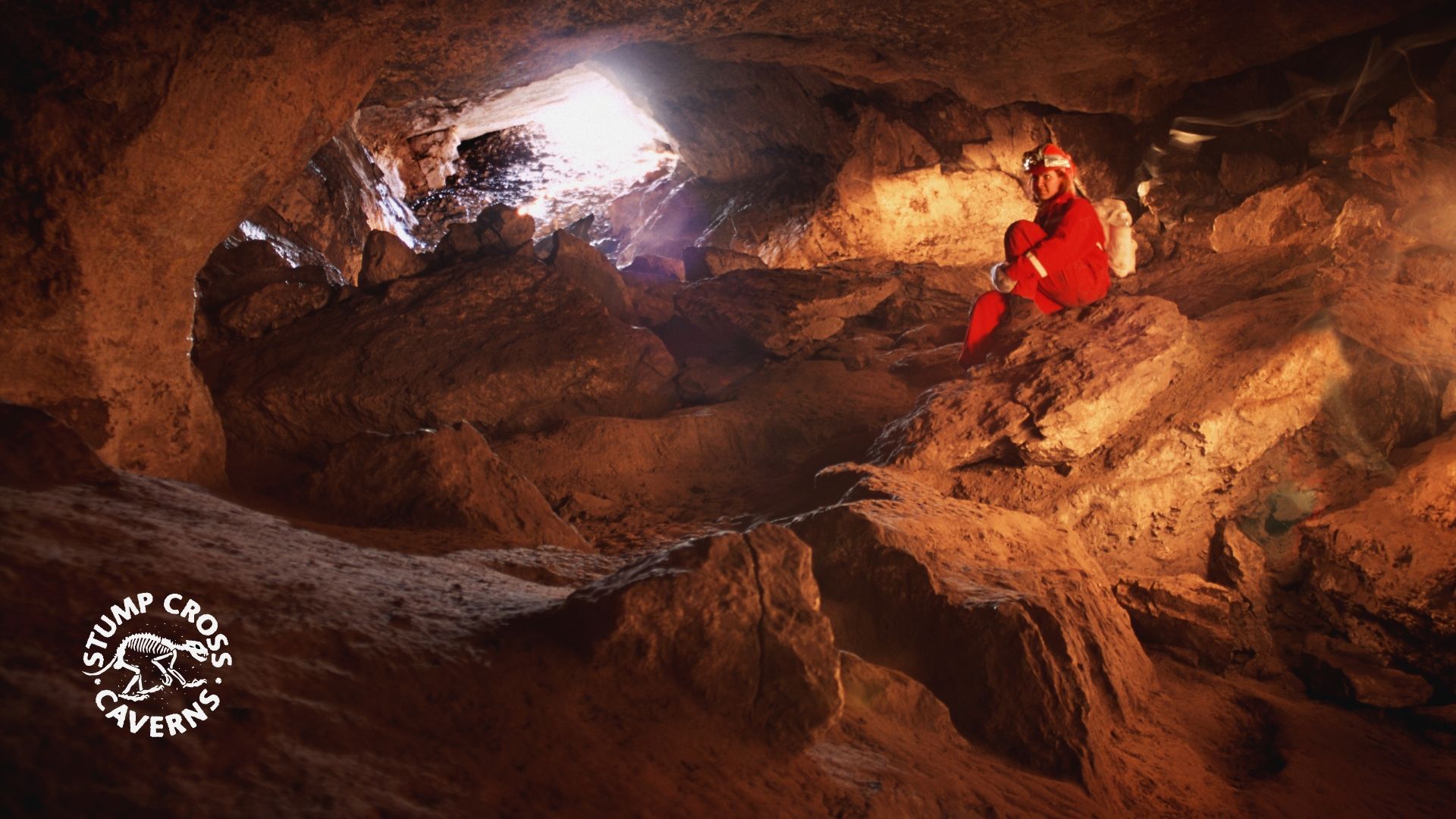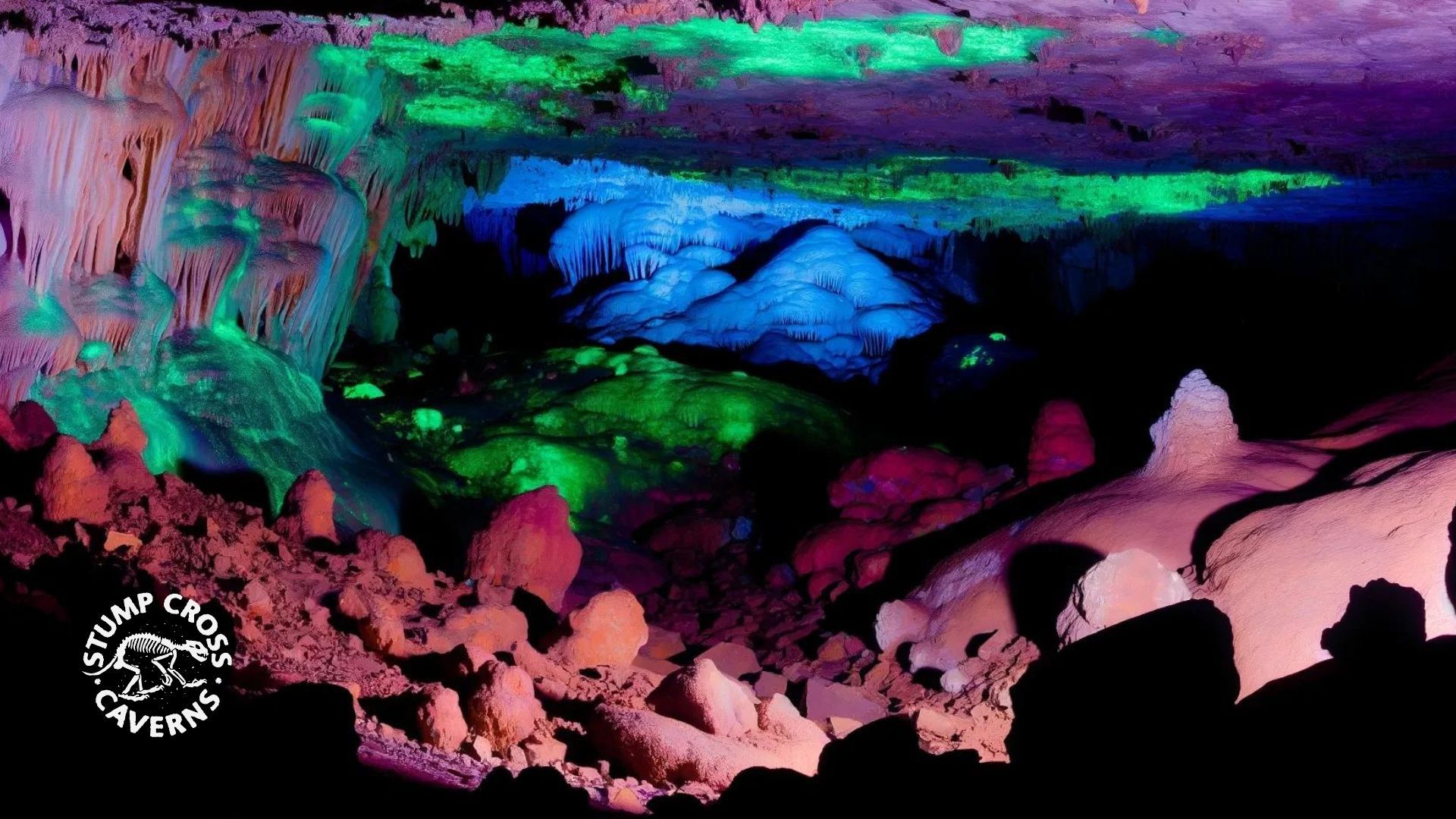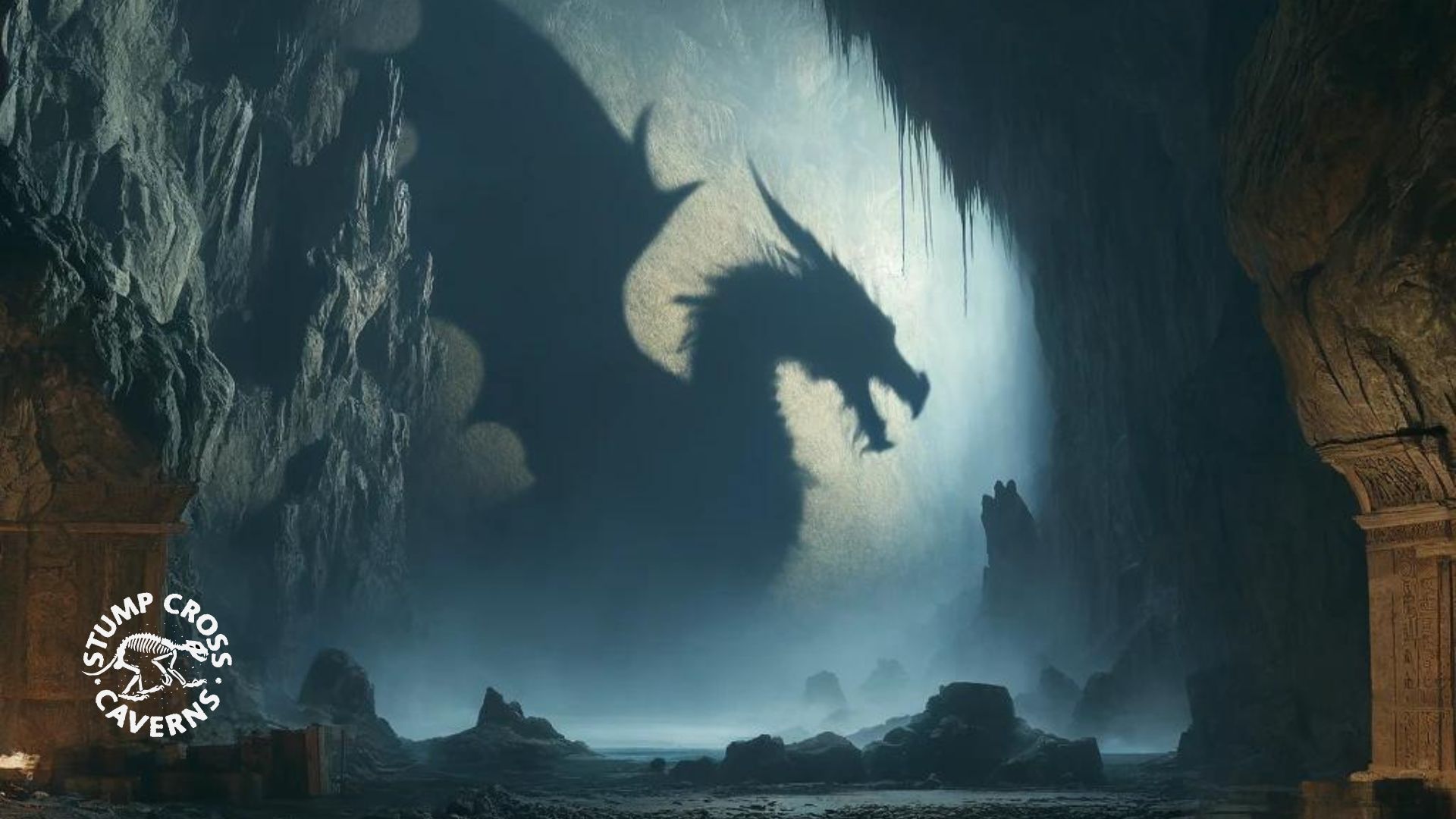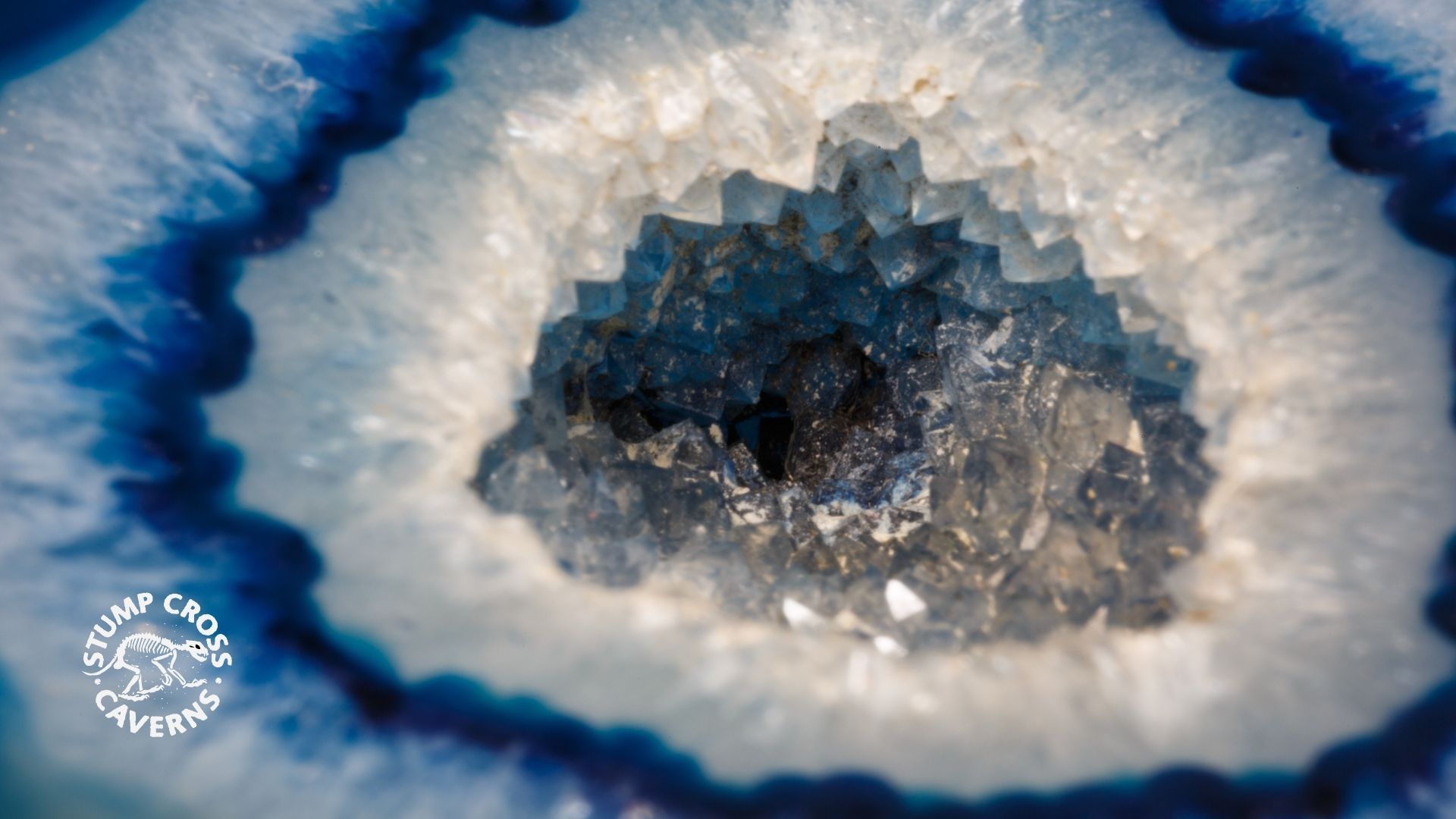Find out how life developed through the Stone Age and when this prehistoric period came to an end.
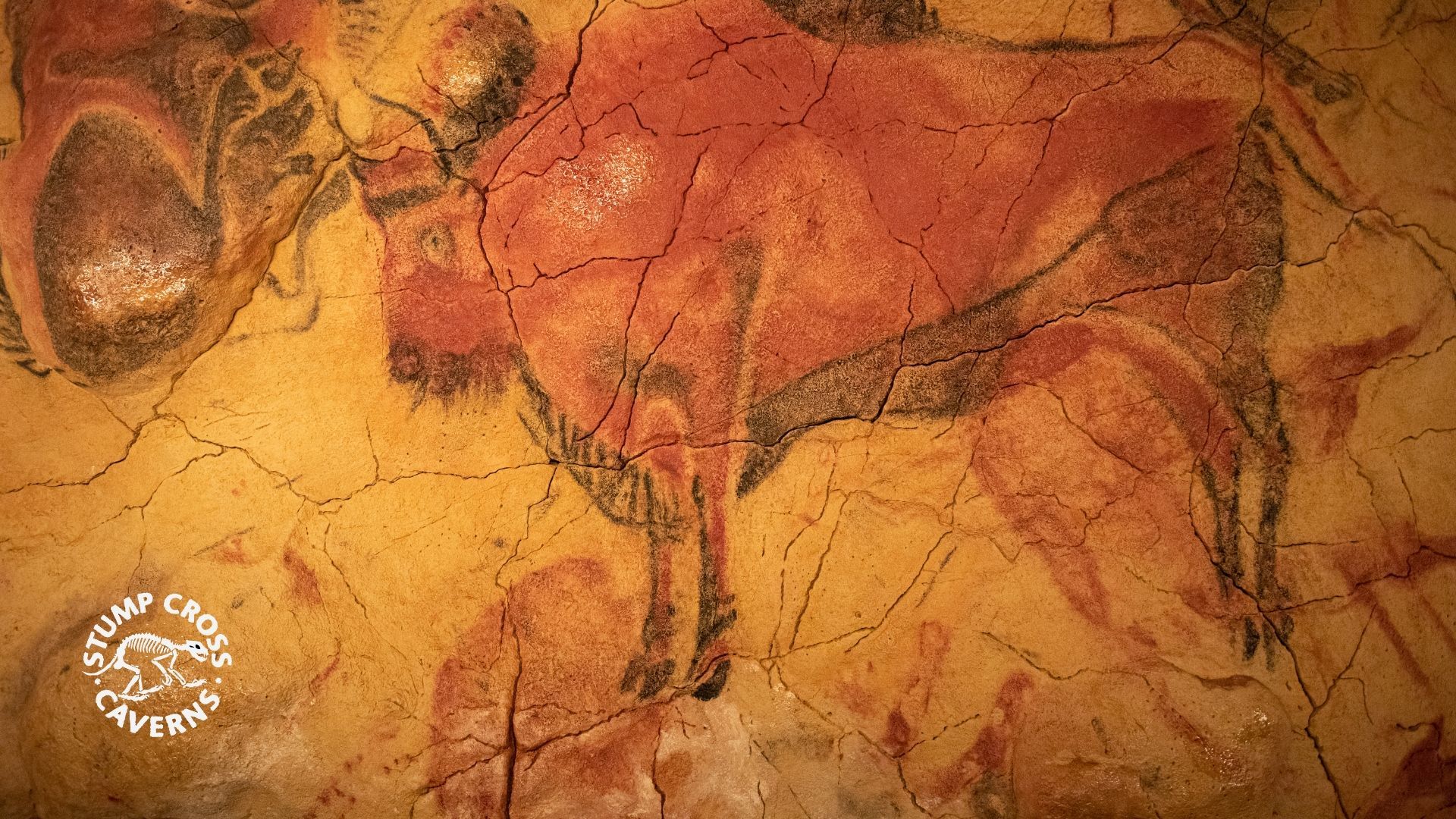
When you think of the Stone Age, what comes to mind?
Is it men running around in loin cloths wielding clubs? You might even have imagined families sheltering in caves away from ferocious dinosaurs.
And you'd be wrong – but we get it. Films and books have often depicted our historical ancestors in this stereotypical light.
However, the prehistoric age has much more going for it than grunting troglodytes in furs – and these troglodytes lived in a completely different epoch to the dinosaurs. In fact, the Stone Age is the period from which we start to find evidence of the development of the human family.
You might wonder, "How long did this time last?", "When did it end?" and "What were people like more than 4,000 years ago?"
Let's get digging and see if we can get scientific with the Mesolithic…
What does "prehistoric" mean, anyway?
Before we begin, let's make sure we're all on the same page. What do we mean when we say something is "prehistoric"?
The suffix "pre-" means "before". So, when we say "prehistoric" we are talking about a time before history when no written records existed.
Do we know when the Stone Age started and ended?
The lack of written records can make dating this period tricky. It has even caused disagreements between historians and archaeologists about when exactly the Stone Age started and ended.
Furthermore, because the period known as the Stone Age is so long (some evolutionists say it began about 1.5 million years ago and lasted until about 3000 BC), a clear understanding of this era isn't easy to ascertain.
However, what is clear about this time in history is that we find evidence of the first tools made of stone – hence the "Stone Age". It's the point in history before metal tools began being used.
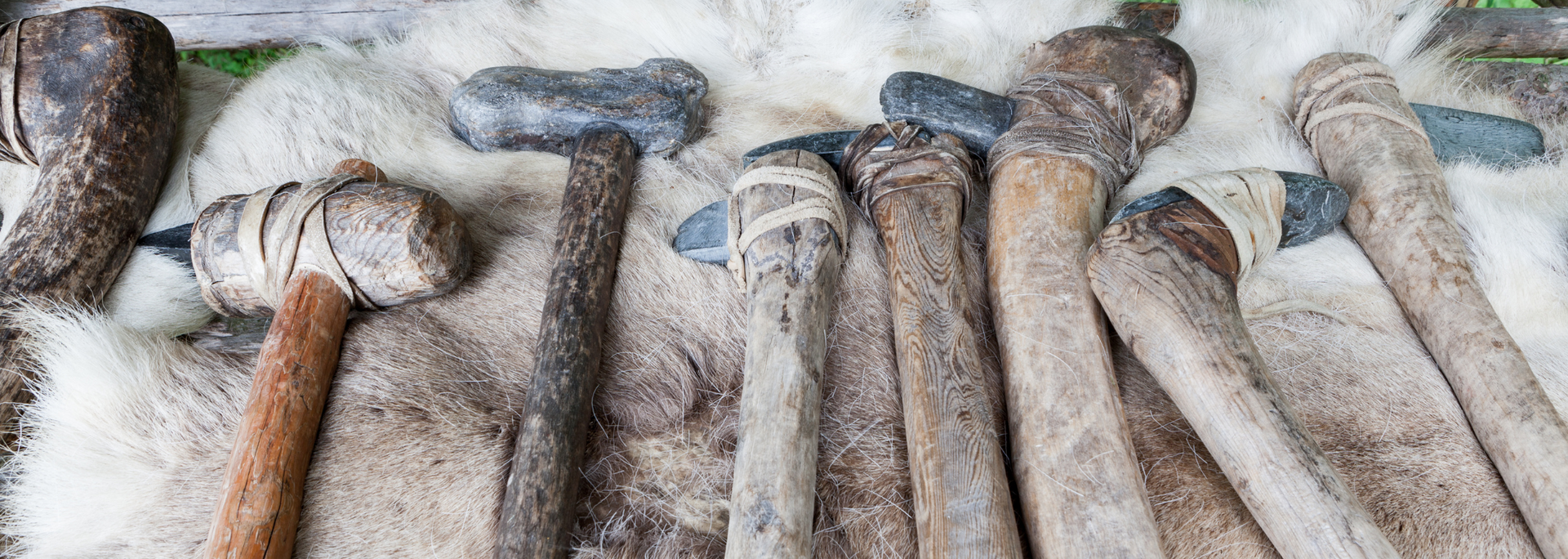
Interestingly, the Stone Age is humanity's longest historical era, fitting between the Ice Age and the Bronze Age. As it covers such a vast period, we split it into three sections:
- Palaeolithic or Old Stone Age
- Mesolithic or Middle Stone Age
- Neolithic or New Stone Age
These subdivisions are like chapters in a book. Archaeologists examine artefacts and theorise where they would have been found on the timeline.
As you can imagine, these pieces of evidence are difficult to find. Not only are they thousands of years old, but our ancient relatives also made many items from soft, organic materials – think wood and animal skins. These materials are quick to decompose.
Items made from hard materials like stones, bones and antlers, however, have survived for many thousands of years.
Archaeologists continue to dig up new sources of information. This helps them continue to expand their knowledge of the past and gain a better understanding of what life used to be like. Right up to today, our understanding of the past continues to develop and change.
How do scientists date artefacts?
As we've seen, the Stone Age happened a long, long time ago before historical records were kept. So, how do archaeologists work out the age of artefacts and other finds?
This is where history starts getting scientific. Archaeologists use a method called "radiocarbon dating" to find out how old a material is.
Radiocarbon dating doesn't tell time in seconds, minutes or hours. Instead, it tells time in thousands of years by counting how the carbon atoms in living things break down as they die.
Another method is to look at how deep things are buried. The deeper archaeologists have to dig, the older they theorise the material is.
What have archaeologists found?
What do Happisburgh, Skara Brae and Stonehenge all have in common? That's right – they're all important Stone Age sites in the UK.
These are just a few of the sites that have been fundamental in helping us learn about our ancient ancestors. Through excavations, archaeologists have been able to learn how communities lived and worked, what they ate and even their spiritual beliefs. They're also able to see how tools developed and how people expressed themselves creatively and artistically.
At Happisburgh, archaeologists have found stone tools, animal bones and teeth. The remains found here are thought to be the oldest evidence of life in Britain.
At Skara Brae, they found a Neolithic village on the isle of Orkney off the coast of Scotland. It's believed people lived here between 3200 and 2200 BC.
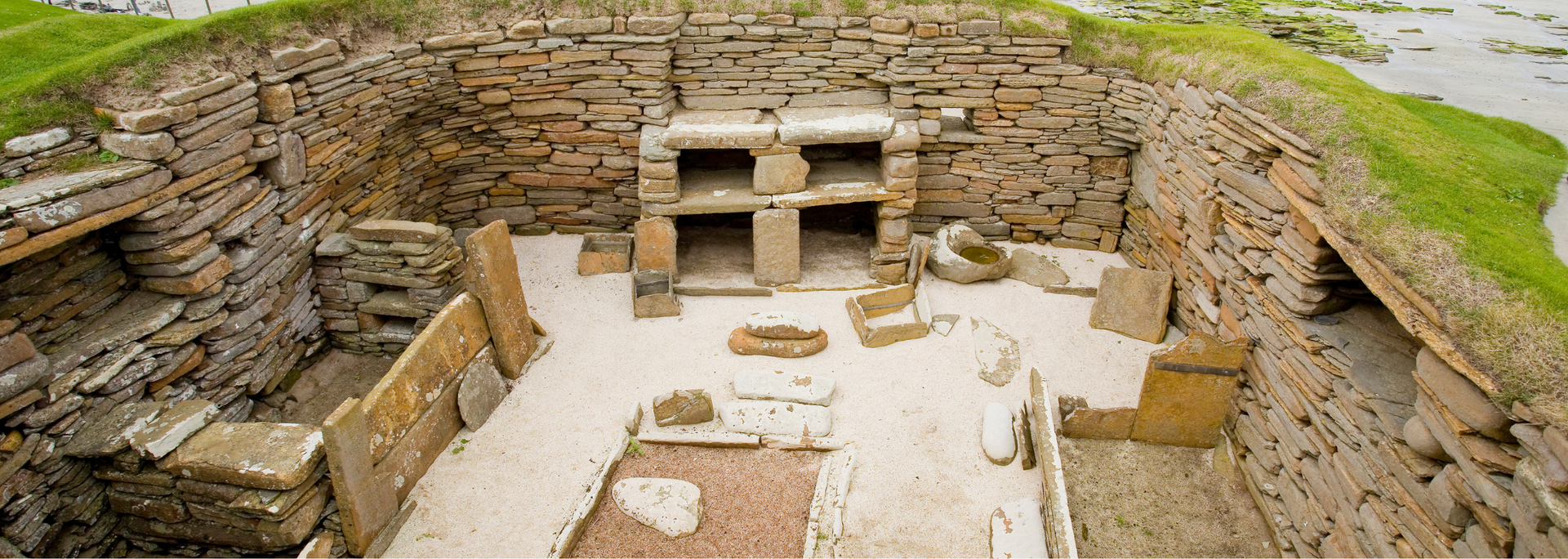
Stone-built houses were found with beds and shelves built into the walls, along with fire pits in the centre of the room. Other artefacts including animal and human remains were found around the settlement, all providing clues to how the people of that time lived. The information ascertained revealed that it was a farming community that raised crops and cattle.
Stonehenge is an iconic site that is known the world over. Despite its popularity, it's still shrouded in much mystery.
It's believed construction of this site started some 5,000 years ago – towards the end of the Stone Age (3100 to 3000 BC). You only have to look at the site to see what an amazing feat of engineering it was. Great structural planning, skilled craftsmen and specialised equipment – pulleys and A-frames – would have been needed to create this impressive stone circle.
Much of the archaeological evidence we've found comes from the end of the Mesolithic era and the Neolithic period. The finds tell the story of a transformation, as our ancestors shifted from living a nomadic lifestyle to settling down, raising cattle and growing crops.
Eventually, the Stone Age gave way to the Bronze Age. People moved away from making things from stone and began developing ways to use metal. This happened at different times around the world. It's thought the transition started in Europe and Asia around 3000 BC, before reaching Britain in about 2000 BC.
Know a little fossil fan? Sign them up for our next interactive fossil dig. They'll learn fascinating facts about the ancient world and dig for real fossils they can take home and keep.
Keep an eye on our events calendar to see when the next one's happening.

Stump Cross Caverns
Greenhow Hill
Pateley Bridge
Yorkshire
HG3 5JL
All Rights Reserved | Stump Cross Limited
Crafted with creativity and marketing savvy by My Digital Hero
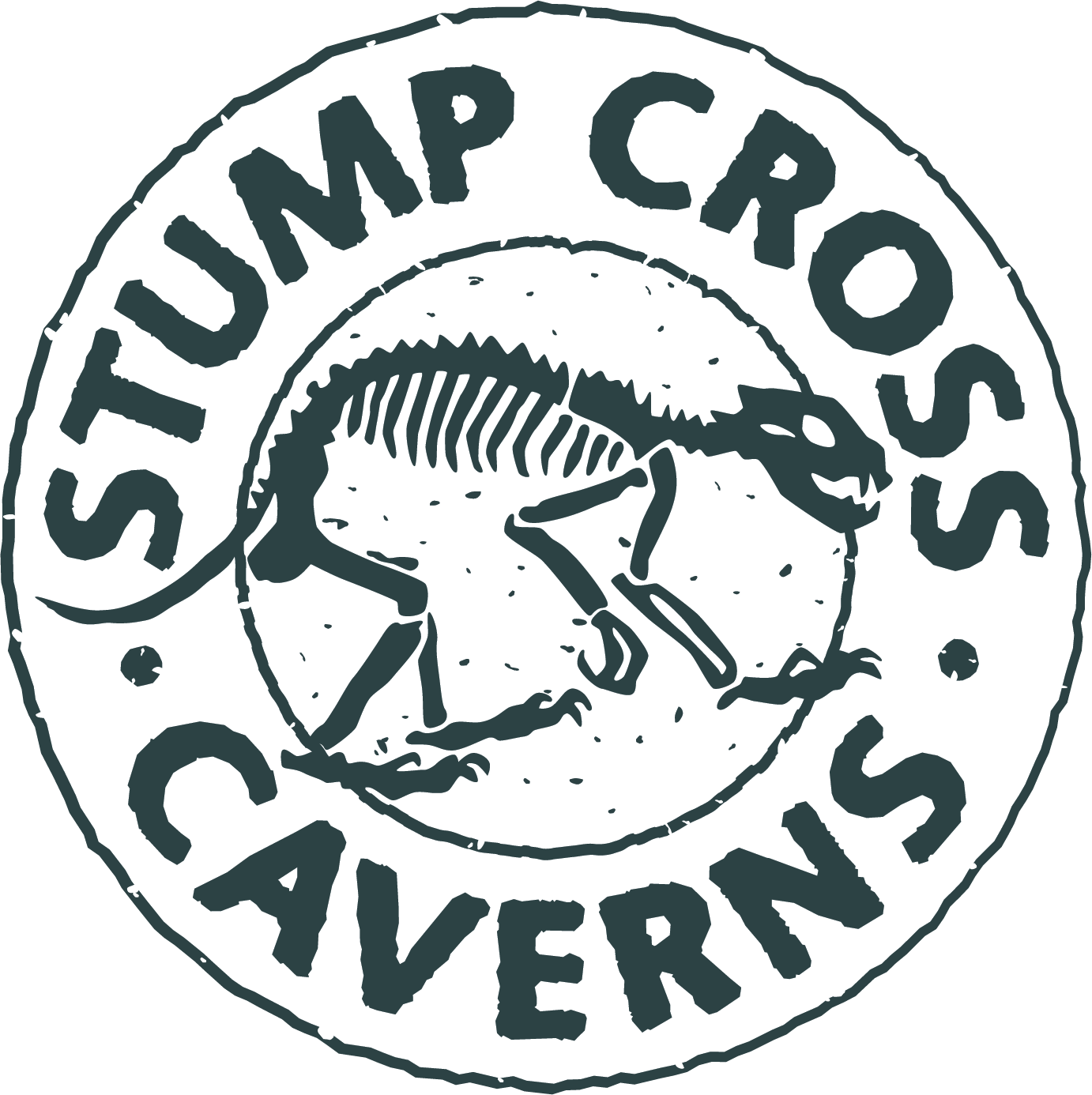
Stump Cross Caverns
Greenhow Hill
Pateley Bridge
Yorkshire
HG3 5JL
enquiries@stumpcrosscaverns.co.uk
enquiries@stumpcrosscaverns.co.uk
All Rights Reserved | Stump Cross Limited
